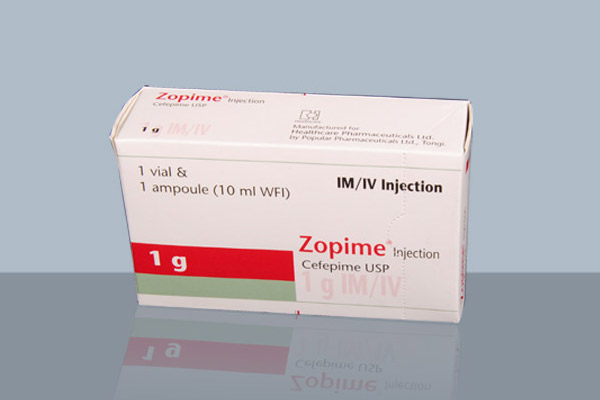-
×
 Amilin (Tab) 10mg
2 × ৳ 0.85
Amilin (Tab) 10mg
2 × ৳ 0.85 -
×
 Amaryl (Tab) 4mg
2 × ৳ 21.00
Amaryl (Tab) 4mg
2 × ৳ 21.00 -
×
 Mederma Advanced Plus (Scar Gel) 10gm
2 × ৳ 920.00
Mederma Advanced Plus (Scar Gel) 10gm
2 × ৳ 920.00 -
×
 Closeup Ever Fresh Anti Germ Toothpaste | 45 g
2 × ৳ 50.00
Closeup Ever Fresh Anti Germ Toothpaste | 45 g
2 × ৳ 50.00 -
×
 Closeup | 100 g
1 × ৳ 110.00
Closeup | 100 g
1 × ৳ 110.00 -
×
 Exforge (Tab) 5/160mg
1 × ৳ 70.75
Exforge (Tab) 5/160mg
1 × ৳ 70.75 -
×
 Abecab (Tab) 5/40mg
1 × ৳ 18.00
Abecab (Tab) 5/40mg
1 × ৳ 18.00 -
×
 Amilin (Tab) 25mg
1 × ৳ 1.75
Amilin (Tab) 25mg
1 × ৳ 1.75 -
×
 Win Boost (Pen)
1 × ৳ 10.00
Win Boost (Pen)
1 × ৳ 10.00 -
×
 Diapant (Diapar) MSis
1 × ৳ 140.00
Diapant (Diapar) MSis
1 × ৳ 140.00 -
×
 Clear Men Anti-Dandruff | 330 ml
1 × ৳ 450.00
Clear Men Anti-Dandruff | 330 ml
1 × ৳ 450.00 -
×
 Dearon BP Set
1 × ৳ 1,500.00
Dearon BP Set
1 × ৳ 1,500.00 -
×
 Clean & Clear Foaming Face Wash | 50ml
1 × ৳ 140.00
Clean & Clear Foaming Face Wash | 50ml
1 × ৳ 140.00 -
×
 Allah Shafi Honey (80gm)
1 × ৳ 135.00
Allah Shafi Honey (80gm)
1 × ৳ 135.00
Subtotal: ৳ 4,559.20



Reviews
There are no reviews yet.